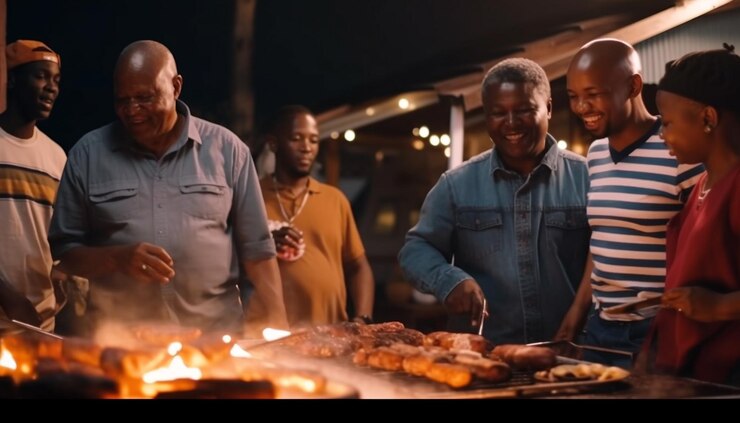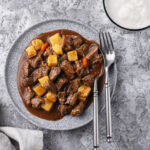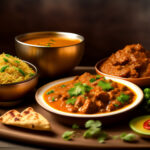South Africa, known for its diverse culture and breathtaking landscapes, is also famous for its vibrant culinary traditions. At the heart of this nation’s gastronomic heritage lies the “braai,” a social gathering centered around grilling meat over an open fire. More than just a way of cooking, the South African braai has evolved into an integral part of the country’s identity, bringing people together and fostering a sense of community. In this article, we delve into the history and significance of the South African braai, exploring its origins, cultural importance, and the enduring traditions that have made it a beloved institution.
Origins and Evolution:
The practice of cooking meat over an open fire has roots that stretch back to ancient times, but the braai, as it is known today, has its origins in the early days of European settlement in South Africa. The term “braai” is derived from the Afrikaans word for “barbecue” and was first used by the Dutch colonists in the 17th century. However, it was the Afrikaner community, descendants of the Dutch settlers, who truly embraced and developed the braai tradition.
In the early days, the braai was a practical method of cooking for pioneers and farmers who lived off the land. It provided a way to prepare meat in the vast open spaces of the African wilderness. Over time, the braai evolved into a social event, where families and friends would come together to celebrate special occasions or simply enjoy a leisurely weekend afternoon. It became an opportunity for people to share stories, forge bonds, and revel in the beauty of South Africa’s natural surroundings.
Cultural Significance:
The South African braai has transcended its culinary roots to become a symbol of unity and national pride. It is a multicultural experience that brings together people from all walks of life, irrespective of their background or beliefs. In a country known for its cultural diversity, the braai acts as a unifying force, breaking down barriers and fostering a sense of camaraderie.
The braai is not limited to any specific cultural group and has been embraced by South Africans of all backgrounds. It is an inclusive tradition that encourages hospitality and openness. Whether in a backyard, at a park, or on the beach, the aroma of sizzling meat and the sound of laughter and conversation can be found throughout the country on any given weekend.
Rituals and Traditions:
The South African braai is steeped in rituals and traditions that have been passed down through generations. The selection of meat is of utmost importance, with cuts like boerewors (spiced sausage), sosaties (kebabs), and succulent steaks taking center stage. The marinades and spice rubs used to flavor the meat are often closely guarded family secrets, passed down from one braai master to another.
Furthermore, side dishes such as pap (maize porridge), chakalaka (spicy vegetable relish), and braaibroodjie (toasted sandwich) complement the meat, adding a variety of flavors to the feast. Sharing food and drink is a fundamental part of the braai experience, with guests bringing along their favorite dishes or contributing to the communal spread.
The South African braai represents more than just a way of cooking meat; it embodies the spirit of South Africa itself. It is a celebration of diversity, bringing people together in the shared enjoyment of food, laughter, and the great outdoors. The braai is a time-honored tradition that continues to evolve and adapt, reflecting the changing tastes and preferences of a modern society.
As South Africa moves forward, the braai remains a constant reminder of its rich heritage and the values that bind its people. Whether it’s a casual gathering among friends or a grand feast marking a special occasion, the South African braai will continue to play a vital role in the cultural fabric of the nation, preserving the traditions and forging new memories for generations to come.








